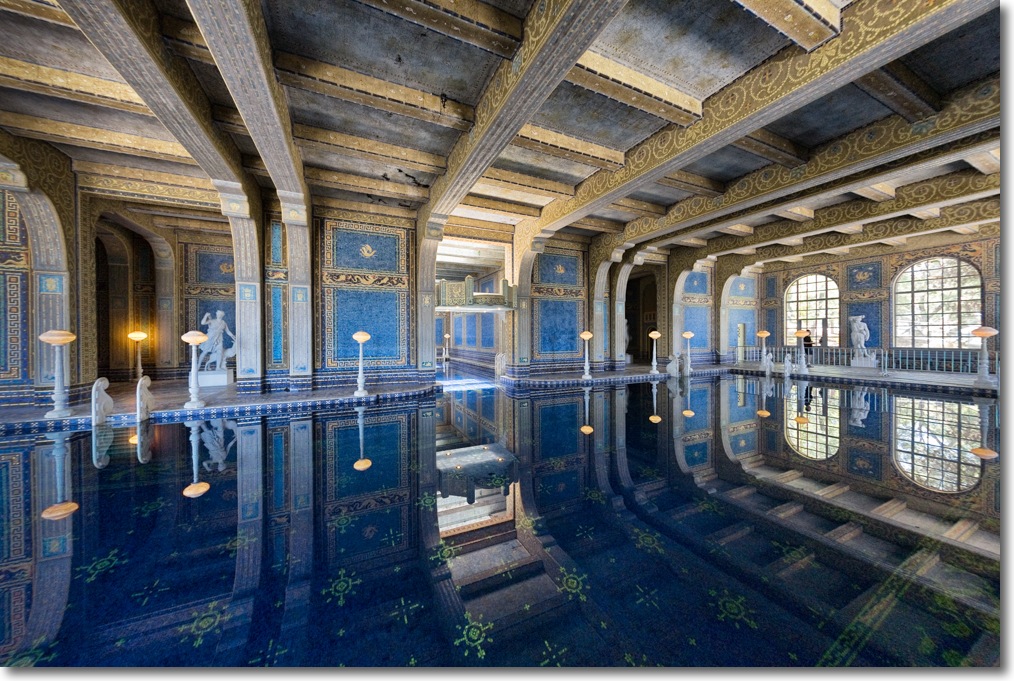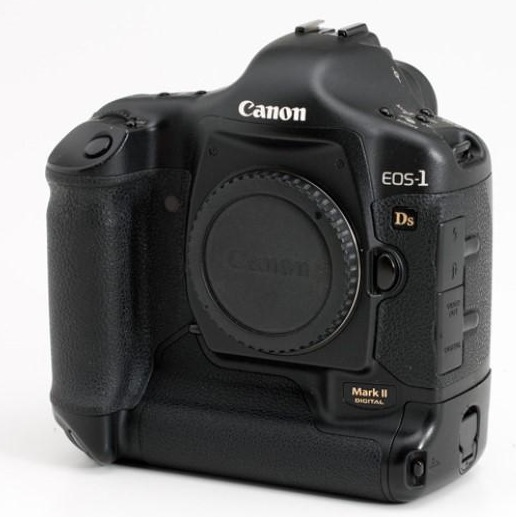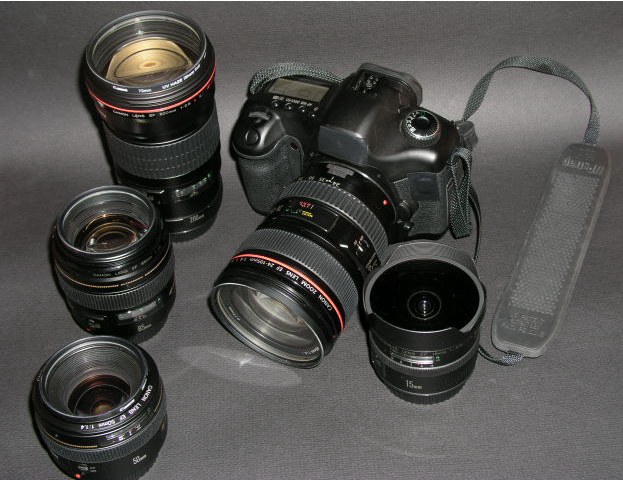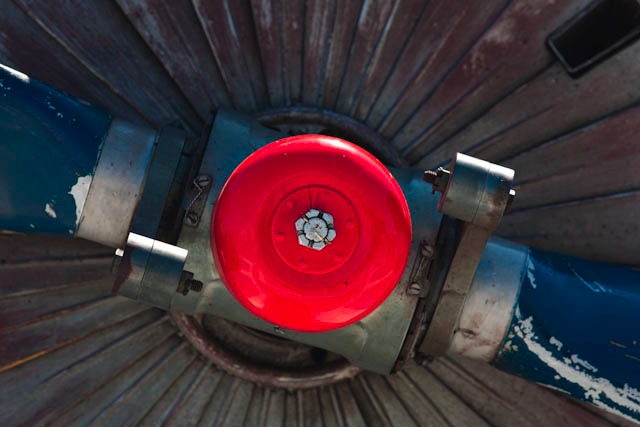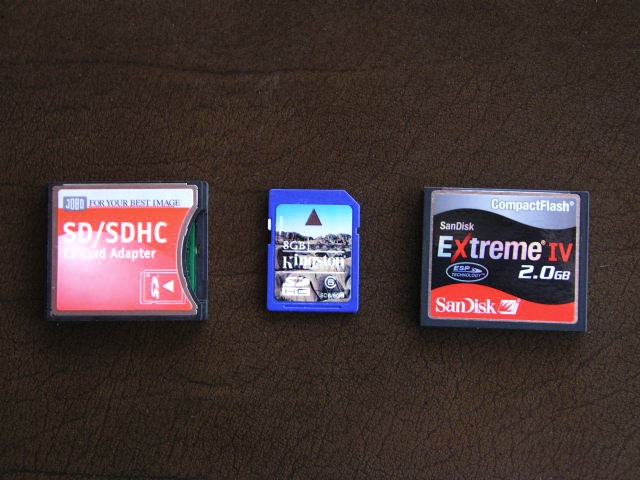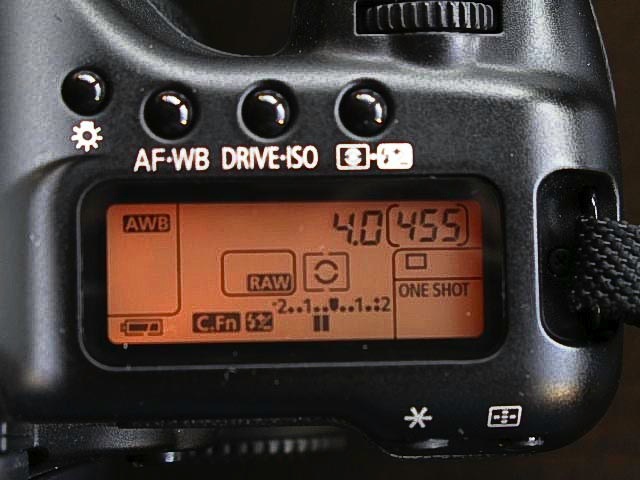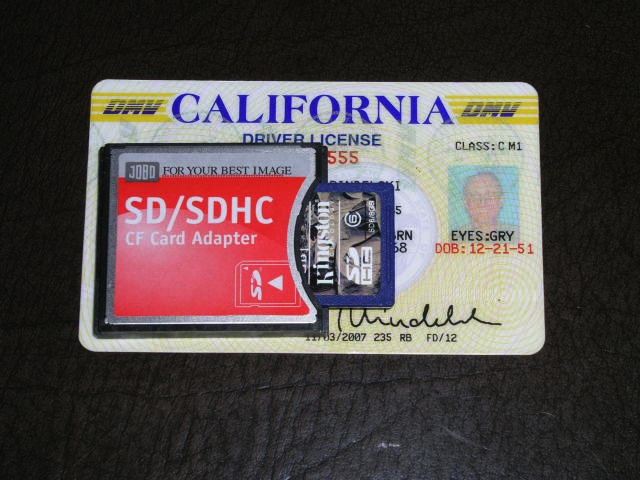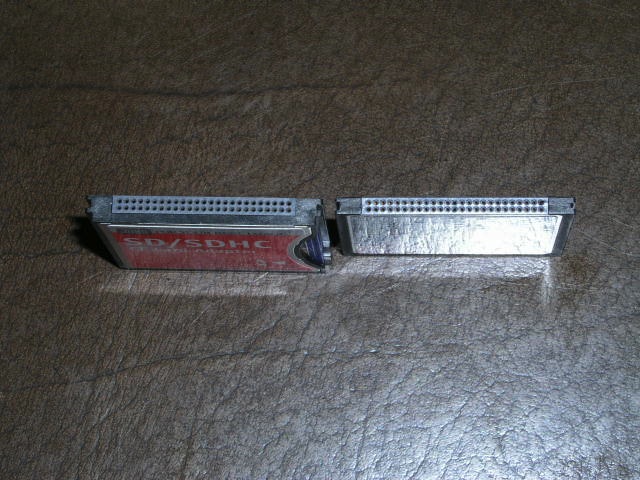From the Big Two.
Now that digital bodies seem to arrive almost quarterly from the big manufacturers – and seemingly weekly from the tedious ‘instant obsolescence’ Sony which still gets very little right – it’s interesting to look back on the early days of full frame DSLRs. I was lucky to own both of the models mentioned below and would unhesitatingly buy used ones today.
My first serious DSLR was the Canon 5D and lightly used bodies now sell for under $500. Though the modest sized 12.8mp sensor is small by modern standards it’s hard to beat the color rendering and unless you need video or truly enormous prints (of course you don’t – face it, you put your stuff out on the web) the 5D cannot be beaten when it comes to price:performance today.
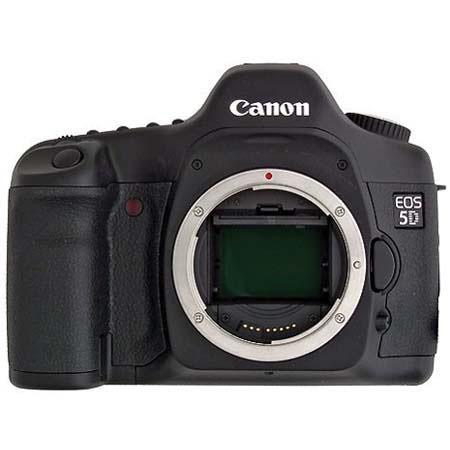
The outstanding original Canon 5D.
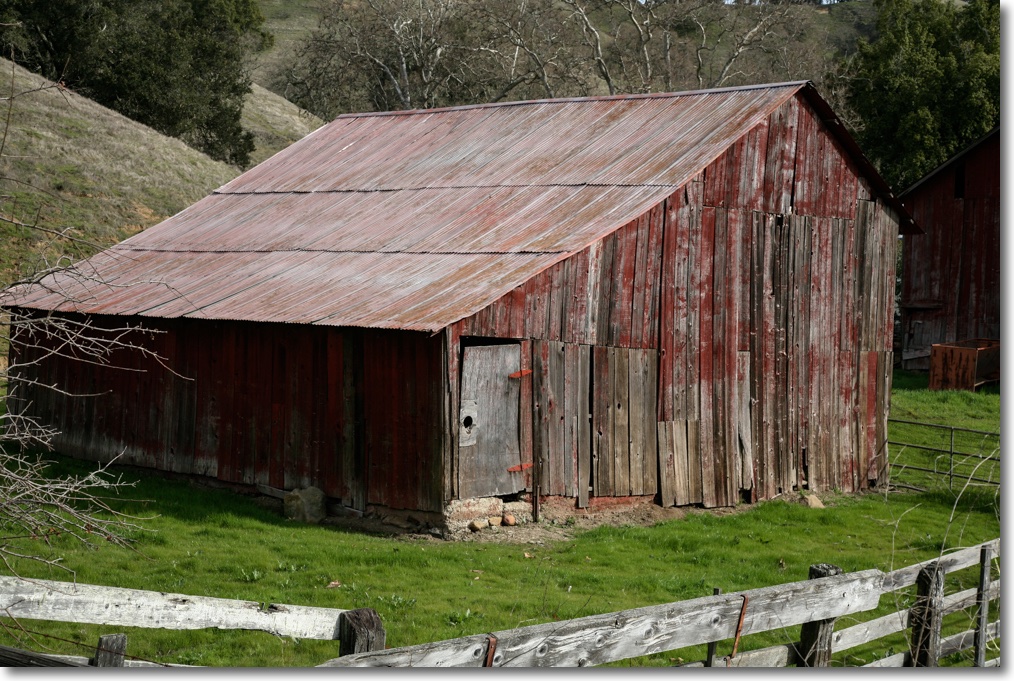
Barn. Templeton, CA. Canon 5D, 24-105mm f/4 Canon L.
Nearly every Canon lens is excellent and of the fixed focus ones the 35mm, 50mm and outstanding 85mm f/1.8 are recommended and very inexpensive new or used.
Nikon was slow to the FF game and its first affordable body was the D700. It came with a 12.1mp Sony sensor which was exceptional in most regards but especially when it came to low noise at higher ISOs. Those large pixels helped with that and, as with the 5D, low noise prints up to 18″ x 24″ were par for the course. $800 gets you a good one but insist on a Nikon USA model (distinguishable by the small ‘USA’ sticker on the inside of the body when the battery is pulled) because that’s the only kind Nikon USA will service in the USA. Alternatively, if you have a good aftermarket Nikon service shop available, provenance is of no consequence. There is a truly vast array of Nikon lenses from 1960 on available, MF, AF, fixed focus, zoom, you name it, any price point. The superb 50mm MF f/2 Nikkor-H can be found in mint condition all day long for $60 or less and you can take it from there.
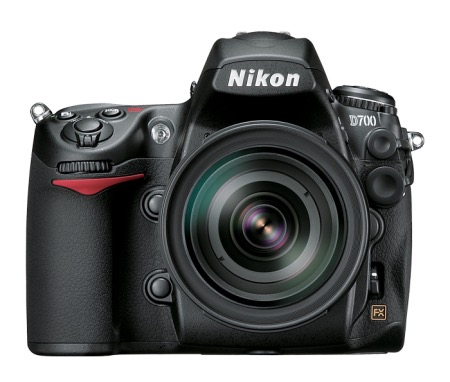
The immensely capable Nikon D700.
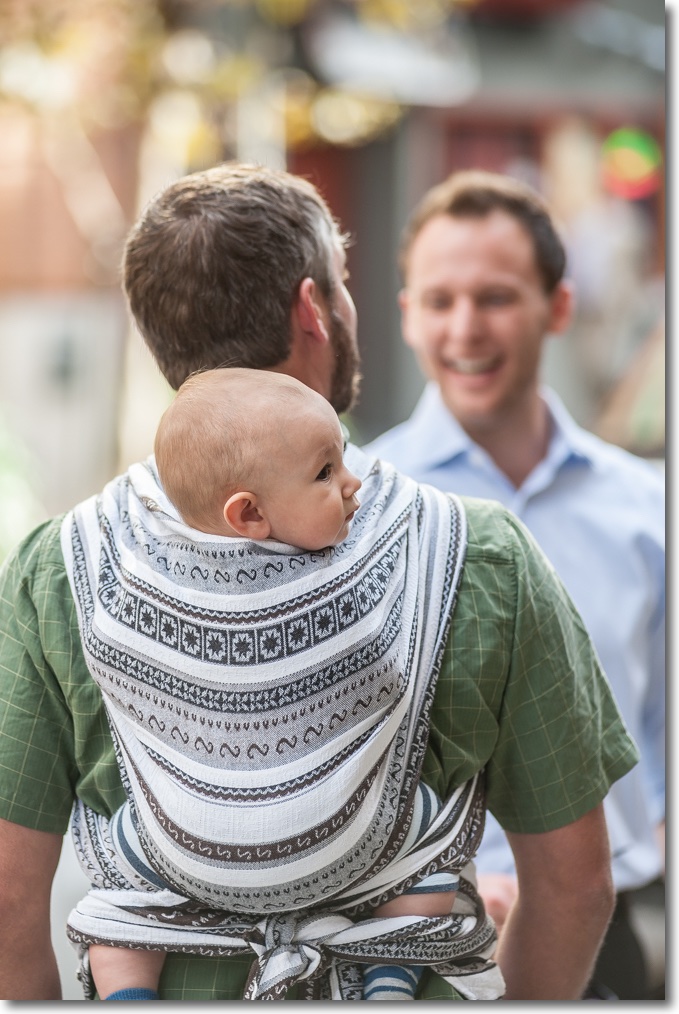
Baby carrier. Nikon D700, 180mm f/2.8 AFD Nikkor.
The D700 is usually reckoned to have a shutter life of 150,000 – and replacements are cheap – with lightly exercised bodies a dime a dozen. Again, as with the 5D there’s no video, and the build quality is excellent.
No one needs more than 12mp in a DSLR as no one prints any more (well, I do and 12mp is just fine; heck the iPhone6 is good for 18″ x 24″) and both these cameras’ sensors boast excellent dynamic range, low noise and outstanding color rendering.
